United Kingdom
Insurers Finish 2021 in Black Despite Growing Debris, Congestion Worries
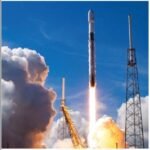
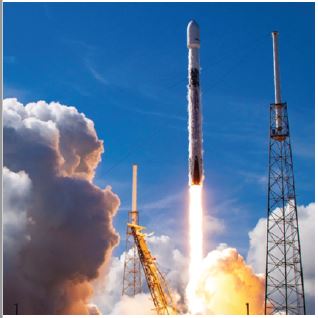
While increased congestion and debris from a Russian anti-satellite weapons test roiled insurance markets for some spacecraft in low Earth orbit, increases in launch reliability and a booming marketplace with historic numbers of satellites . . .
Ranked Spacecraft Deployments by the Three Most Active Nations, 2021
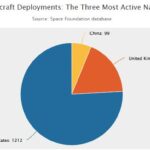
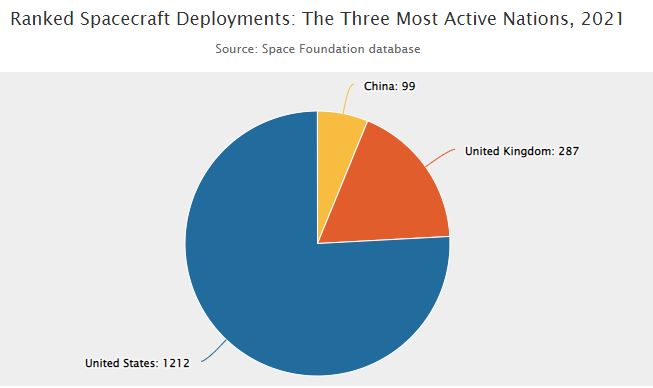
The United States continued to be the dominant leader of spacecraft deployments in 2021. Use the tools just above the table for sorting, advanced filtering, and other options, which will then be reflected on the live chart. For more data source information click to read the entire resource.
Spacecraft Mission Segment Shares by Nation
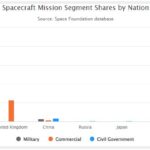
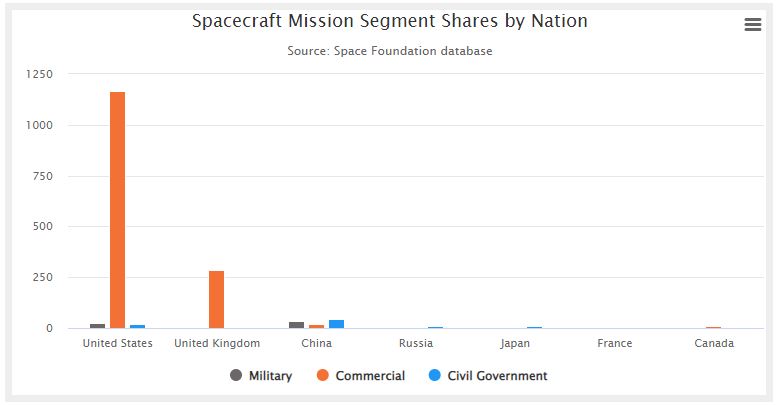
2021 analysis shows how strongly communications spacecraft deployments continued to dominate payload launches.
2021 TSRQ4 – Commercial Spacecraft Boost Payload Deployment to New High
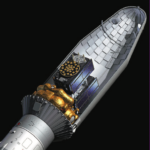
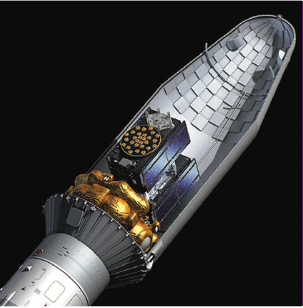
Unprecedented numbers of spacecraft were deployed during 2021. For the year, space operators successfully deployed 1,730 spacecraft, an increase of 29% from 2020’s deployments of 1,340. Companies and operators from 33 nations took part. . .
Virgin Galactic Stock Performance, Q3 2021
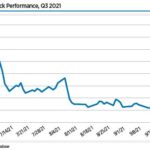
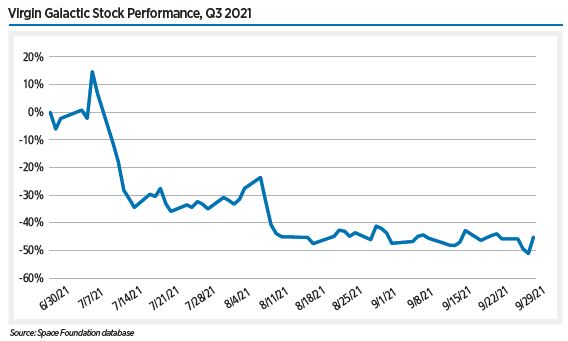
Virgin Galactic (-45%) had been trending upward in Q2 in anticipation of founder Richard Branson’s suborbital spaceflight as part of the first passenger flight by the company, which occurred near the beginning of Q3 on July 11. The momentary stock price peak following the successful flight, and its accompanying media fanfare, quickly disappeared as the company announced the issuance of $500 million in additional shares the following day.
2021 TSRQ3 – Six Telescope Launches to Watch this Decade


Barring schedule slips, a half dozen of the most powerful telescopes ever imagined will launch this decade. The most notable, NASA’s James Webb Space Telescope, is set to launch Dec. 18, 2021, kicking off a new era of cosmology . . .
2021 TSR – Space Symposium Special Edition: Global Space Economy Climbs Despite Pandemic, Disrupted Government Spending
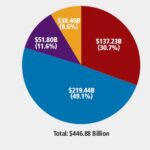
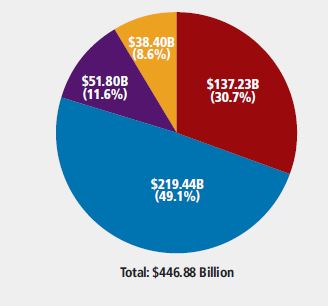
The global space economy reached a new high of nearly $447 billion in 2020, an increase of 4.4% from a revised 2019 figure of $428 billion. The 2020 figure is 50% greater than a decade ago, and 176% greater than . . .
2021 TSRQ2 SNAPSHOT: Payload Analysis 2020: Communications Deployments Redefine Growth
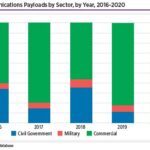
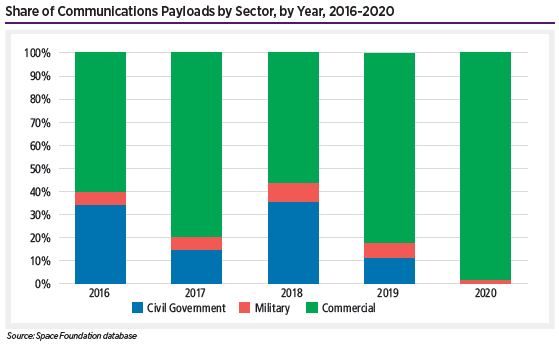
Communications payloads dominated the satellite market in 2020, accounting for 81% of all payloads deployed and driving a five-year increase of 3,000% The primary influencer. . .
2020 Global Space Economy Climbs Despite Turbulent Year, Disrupted Government Spending
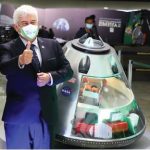
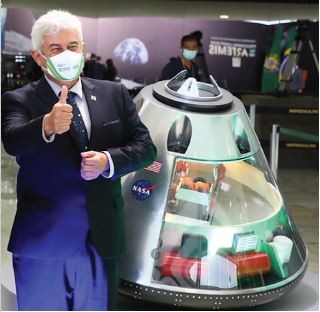
International successes in space, such as the Hope, Perseverance, and the Zhurong missions to Mars, don’t happen without years of advance government spending. In 2020, as nations struggled to overcome a global pandemic, space spending varied widely across countries and agencies.
2020 TSRQ3 – Nation in Review: United Kingdom
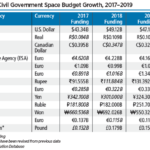
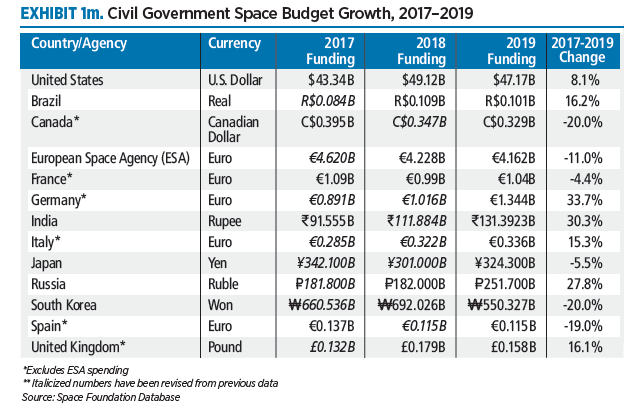
In the last decade, spending on domestic space programs in the United Kingdom has increased 126%, climbing to £157.5 million (US$200M) in the 2019-2020 U.K. Space Agency budget. That decadal increase still places U.K. space funding well behind . . .